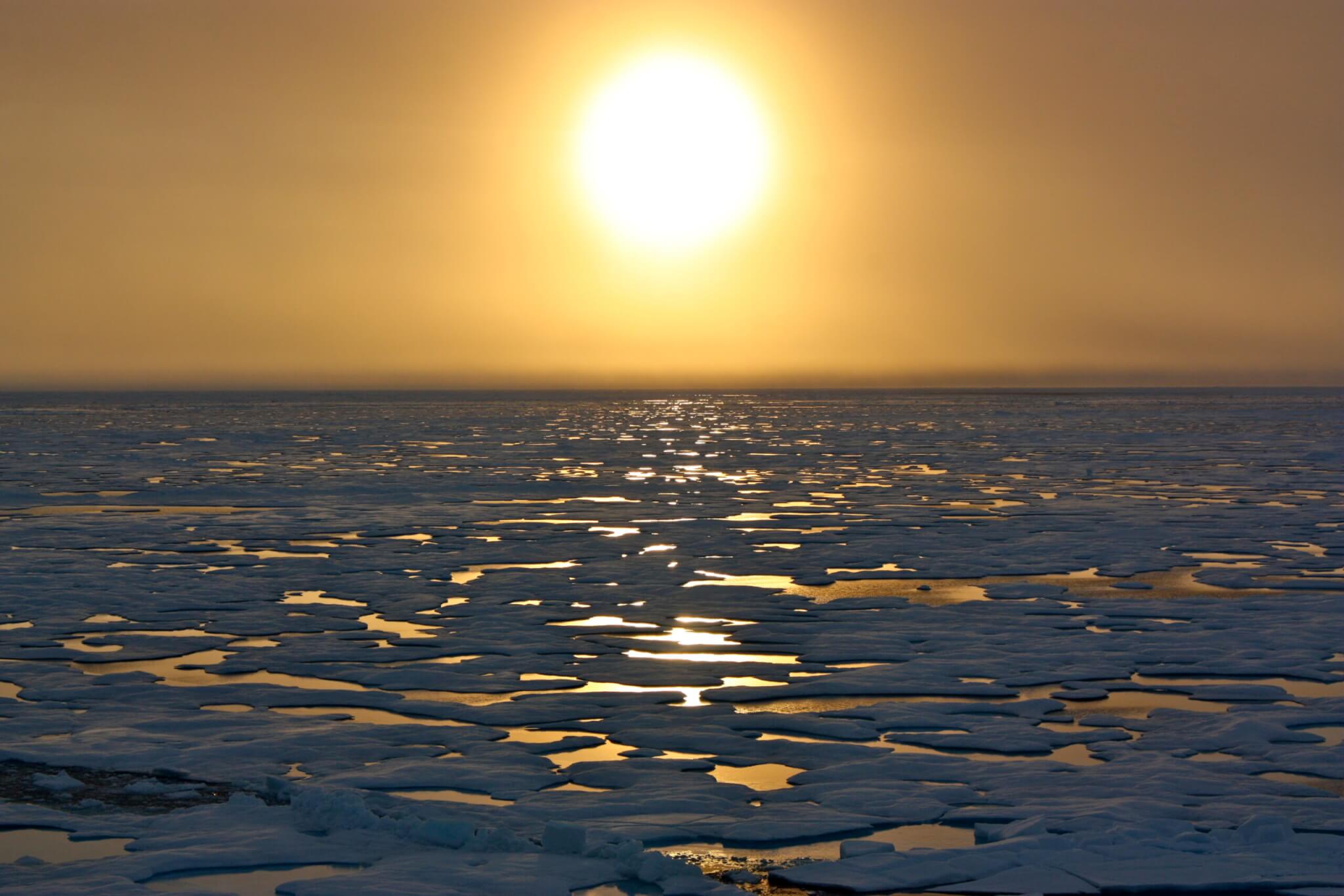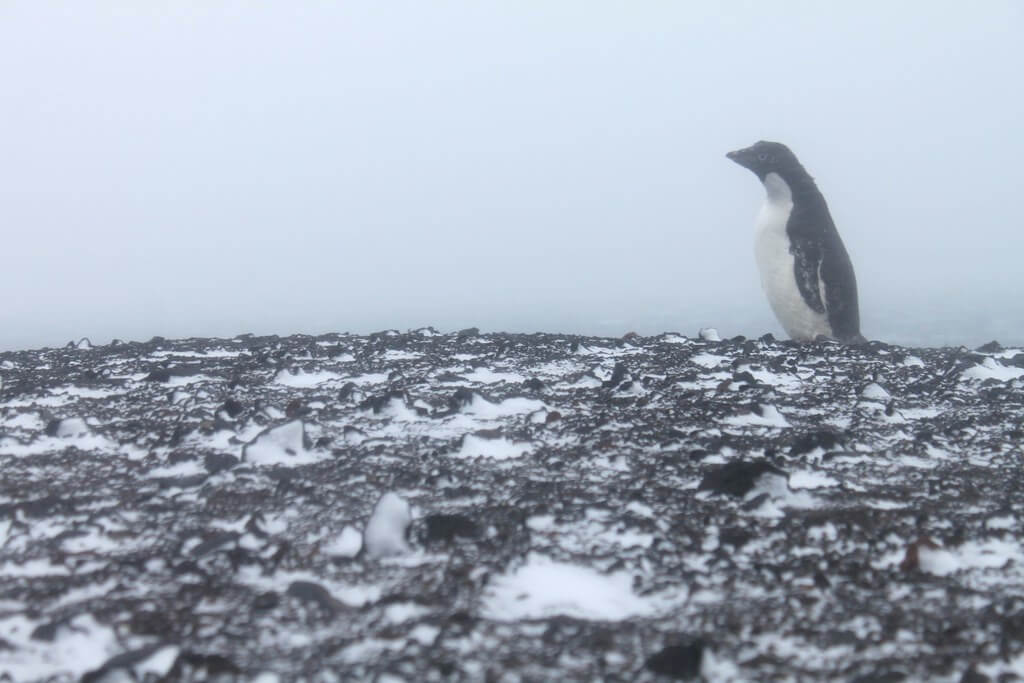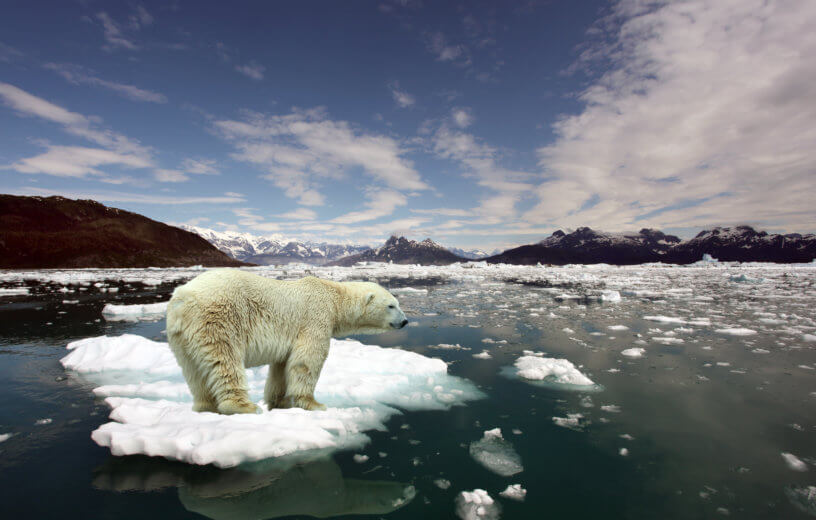BOULDER, Colo. — A grim new study reveals that the Arctic could have no sea ice at all within the next 10 years. Researchers from the University of Colorado-Boulder indicate that the Arctic could experience its first summer days without sea ice within the next few years, significantly earlier than previously anticipated. This projection underscores a rapid decline in Arctic sea ice that could precede ice-free conditions for an entire month by the mid-21st century, with the potential for several months of ice-free conditions by century’s end depending on future greenhouse gas emissions.
“Ice-free” in Arctic terms is defined when sea ice extent falls below one million square kilometers, a dramatic drop from the 1980s seasonal minimum of approximately five times that amount. Currently, the Arctic’s minimum sea ice coverage in September hovers around 3.3 million square kilometers, but this is rapidly decreasing.
Scientists from CU Boulder’s Institute of Arctic and Alpine Research analyzed existing sea ice projections and computational climate models to assess daily changes in the Arctic’s future. Their findings suggest that the Arctic Ocean could witness its first ice-free day as early as the late 2020s or early 2030s, regardless of the emissions scenario.
This marks a significant acceleration in the timeline for Arctic sea ice loss, with the first ice-free day potentially occurring up to 18 years earlier than monthly averages had suggested.

The decline in sea ice has dire implications not only for the global climate but also for Arctic wildlife such as seals and polar bears, which rely on sea ice for survival. Moreover, the retreat of sea ice threatens coastal communities by increasing ocean wave sizes, leading to enhanced coastal erosion.
“When it comes to communicating what scientists expect to happen in the Arctic, it is important to predict when we might observe the first ice-free conditions in the Arctic, which will show up in the daily satellite data,” says study author Alexandra Jahn, an associate professor of atmospheric and oceanic sciences and fellow at CU Boulder’s Institute of Arctic and Alpine Research, in a university release.
The study emphasizes the crucial role of greenhouse gas emissions in accelerating sea ice loss. Jahn explains that a reduction in snow and ice cover allows the ocean to absorb more sunlight, further warming the Arctic and accelerating ice melt. She highlights the importance of reducing emissions to mitigate the frequency of ice-free conditions in the future.
Under an intermediate emissions scenario, which mirrors our current trajectory, the Arctic could become ice-free during the late summer to early fall months. However, a high-emissions scenario could lead to the Arctic being ice-free for up to nine months by the end of the century.
“This would transform the Arctic into a completely different environment, from a white summer Arctic to a blue Arctic. So even if ice-free conditions are unavoidable, we still need to keep our emissions as low as possible to avoid prolonged ice-free conditions,” explains Jahn.

Despite the dire projections, there is a glimmer of hope. Jahn points out that Arctic sea ice is remarkably resilient and could recover within a decade if future technologies or methods can effectively reduce atmospheric CO2 levels and reverse global warming. This potential for recovery underscores the importance of ongoing efforts to reduce emissions and combat climate change.
“Unlike the ice sheet in Greenland that took thousands of years to build, even if we melt all the Arctic sea ice, if we can then figure out how to take CO2 back out of the atmosphere in the future to reverse warming, sea ice will come back within a decade,” says Jahn.
The study, supported by the U.S. National Science Foundation, the Alexander von Humboldt Foundation, and NASA, is published in the journal Nature Reviews Earth & Environment.

“Science” told us in the 70s, that we would be in the middle of an ice age by now….
how come we do not think about relocating all the animals to east Antarctic its colder there and has higher ice sheets and west Antarctic will not be there in the next few years
That was a minority view based on far less-complete data than we have today. The media picked up the narrative and hyped it every way they could, making it look like a monolithic opinion. Modern research is backed by a far wider range satellite and ground observations, ice-core samples, and much better analytic methods. If there’s some nefarious cabal out there it has to be SO huge it includes researchers all over the world, private companies, the military, etc. etc … except for some “experts” whose YT vids and TwiXter posts claim to demolish decades of research in 10 minutes. As they say in Britain, not bloody likely.
“If there’s some nefarious cabal out there it has to be SO huge it includes researchers all over the world…”
Nope, all it has to include is those few who hand out the research grants and everyone snaps into place in line.
Publish or perish, and without grants you don’t publish.
Yup, I remember that in high school. We were all going to starve because the earth would be covered with so much snow and ice we wouldn’t be able to grow food.
the earth is in an inter-glacial period…..no surprise if it is still ongoing, alternatively, if not, then the earth is on track for a glacial period……and that is very, very worrisome
how exactly would the artic ice return after it has mingled with the sea water
Haven’t we heard this before? Wasn’t it supposed to be in 2010?
The check is in the mail.
I’ll respect you in the morning.
The Arctic will be ice free by, well, soon!